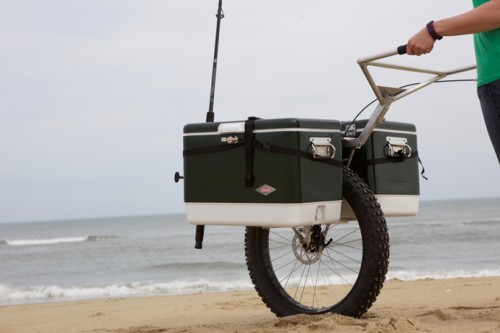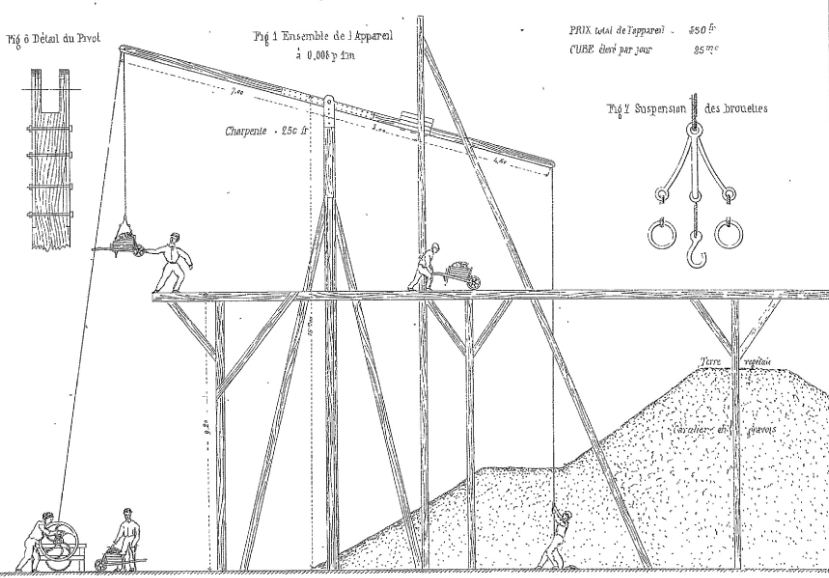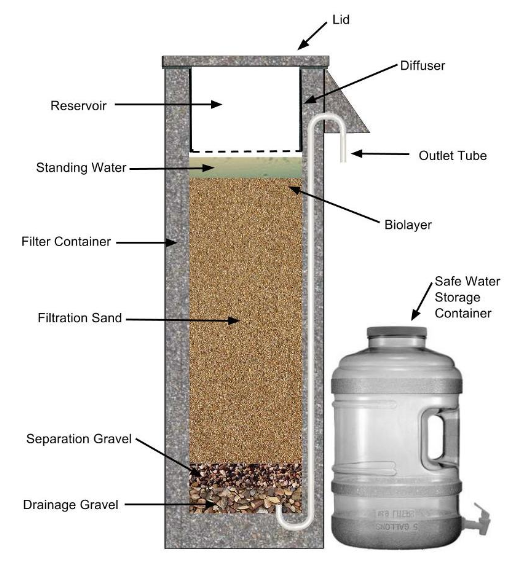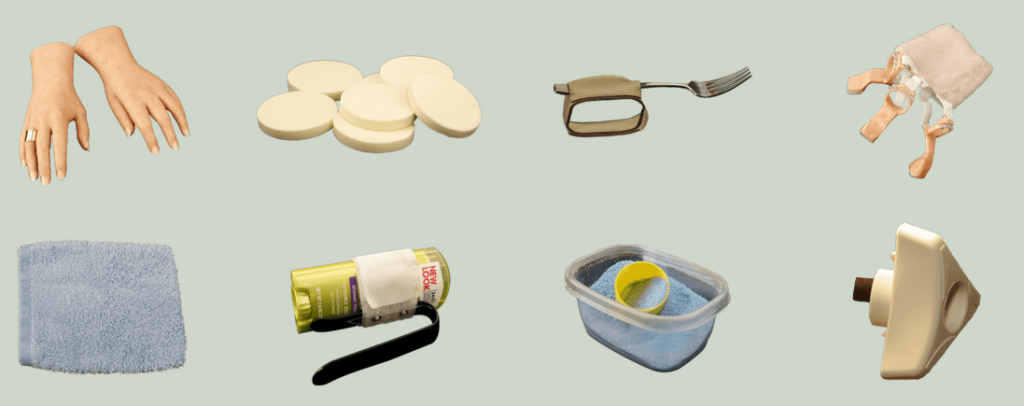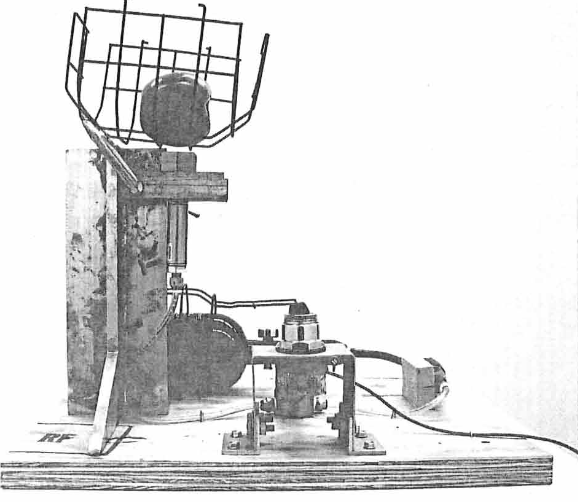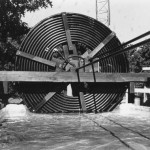Mike Merrell writes us:
“I’ve really enjoyed reading articles on your site since I found the article on the Chinese Wheelbarrow. I stumbled upon it when I was looking for information on the wheelbarrow, and I was immediately hooked. It turned out to be some of my inspiration for our new product we’re calling the Honey Badger Wheel. Our Kickstarter project began March 10th and will run until April 30th.”
“Because you provide awesome content for all of us interested in simple technologies with big benefits, would you be interested in running an article on your site about the modern interpretation of the Chinese Wheelbarrow? My hope is that it would add value to your audience, especially since it’s in line with with new and exciting info for us techies. On a more personal note, I appreciate the boosts of small inspiration from your site that lead to big ideas.”
